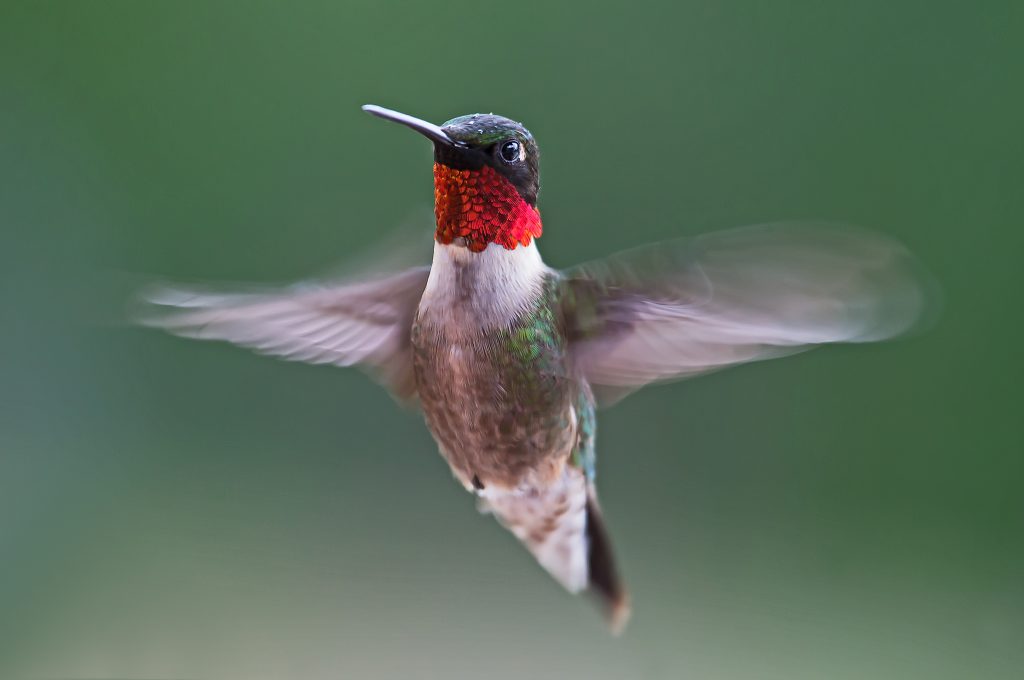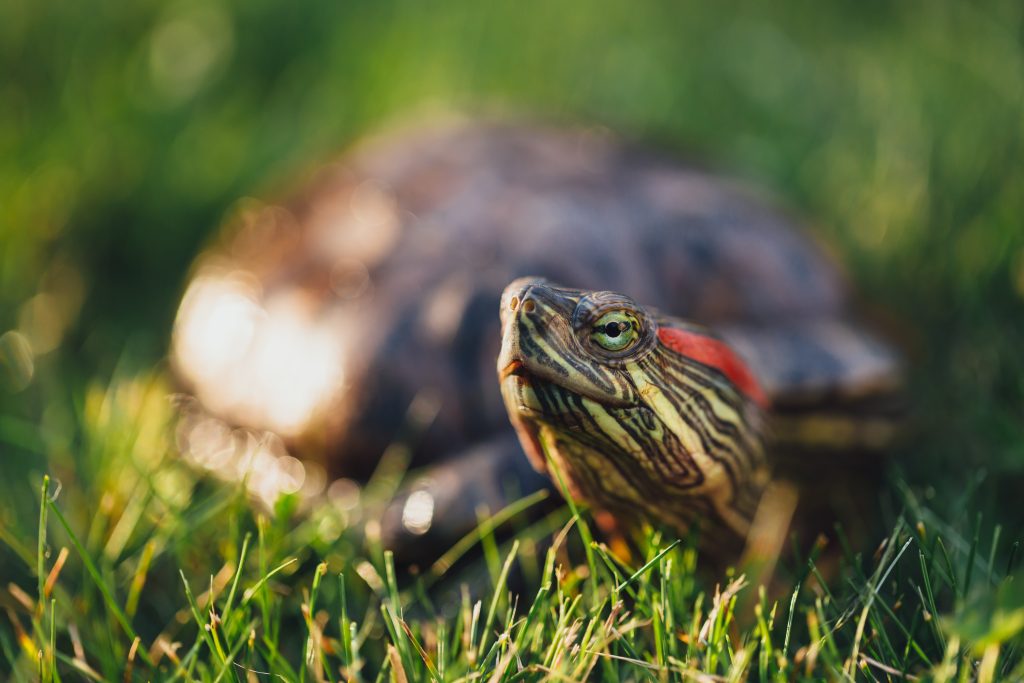As the grip of winter loosens and the first buds begin to appear, nature lovers and bird enthusiasts across Ontario await one of the most anticipated seasonal returns: the arrival of the ruby-throated hummingbird.
These dazzling little birds, weighing less than a nickel and no bigger than your thumb, embark on a truly extraordinary journey each spring. Their migration from Central America and the southern United States to their summer breeding grounds in Ontario spans thousands of kilometers—sometimes even crossing the Gulf of Mexico in a single, nonstop flight.
A Journey of Strength and Instinct
Despite their delicate appearance, ruby-throated hummingbirds are among the most resilient and capable migrators in the bird world. They begin their northward trek as early as February, with most arriving in Ontario between late April and early May, depending on the weather.
Their internal compass, guided by environmental cues like day length and temperature, tells them exactly when to begin their journey. Along the way, they rely on nectar-rich flowers and backyard feeders to refuel. A hummingbird’s metabolism is incredibly fast—beating wings up to 80 times per second and feeding every 10 to 15 minutes during daylight hours.
How You Can Help
Wildlife rehabbers and enthusiasts can play a vital role in helping these birds thrive upon arrival:
- Put out feeders early: Place hummingbird feeders filled with a 4:1 sugar-water solution (four parts water, one part white granulated sugar) by mid-April. Do not use red dye.
- Plant native flowers: Hummingbirds are drawn to brightly colored, tubular flowers like columbine, bee balm, and cardinal flower. Native blooms provide essential nutrients and support biodiversity.
- Keep cats indoors: Migrating birds are vulnerable when stopping to rest or feed. Reducing predation helps protect these fragile fliers.
- Be mindful of windows: Window collisions are a leading cause of injury. Apply bird-safe window decals or screens to reduce reflections and help birds avoid impact.
Dos and Don’ts of Feeding Hummingbirds
DO:
- ✅ Use a simple 4:1 water to white sugar solution—boil water to dissolve sugar, then cool before filling feeders.
- ✅ Clean feeders every 2–3 days (daily in hot weather) to prevent harmful mold or fermentation.
- ✅ Hang feeders in the shade if possible to slow spoilage.
- ✅ Provide multiple feeders to reduce territorial aggression.
- ✅ Bring feeders inside at night in early spring to prevent freezing.
DON’T:
- ❌ Don’t use red dye—it’s unnecessary and can be harmful.
- ❌ Don’t use honey, brown sugar, or artificial sweeteners—these can cause deadly fungal infections.
- ❌ Don’t fill feeders all the way if they’re not being emptied quickly—it’s better to refill with fresh nectar more often.
- ❌ Don’t place feeders near pesticide-treated plants or areas with strong scents or chemicals.
The Importance of Rehab and Conservation
Wild for Rehab understands how vital it is to support all wildlife, even the tiniest. Injured or exhausted hummingbirds may arrive at our centers needing care due to storms, collisions, or lack of food sources. With the right treatment, many can be rehabilitated and released to complete their journey and contribute to Ontario’s vibrant ecosystem.
Every hummingbird that returns reminds us of the incredible strength of nature’s smallest creatures and the importance of preserving their habitat. By offering food, shelter, and awareness, we can ensure that Ontario remains a welcoming home for these spectacular migrants year after year.
So keep your eyes to the skies and your feeders full—our tiny travelers are on their way.


